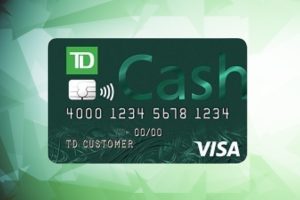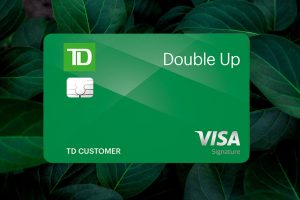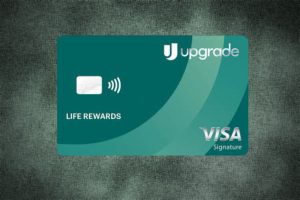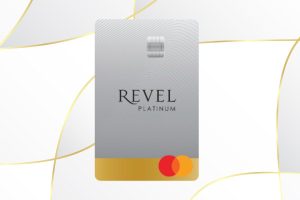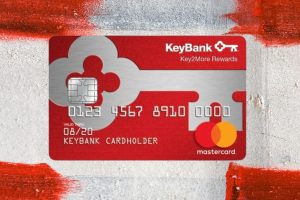Paying off debt can feel overwhelming, but having a clear strategy can make all the difference. Two popular methods, the Debt Snowball and the Debt Avalanche, offer distinct approaches to tackling debt effectively. This guide will help you understand how each method works, their pros and cons, and how to choose the one that’s best for your financial situation.
What is the Debt Snowball Method?
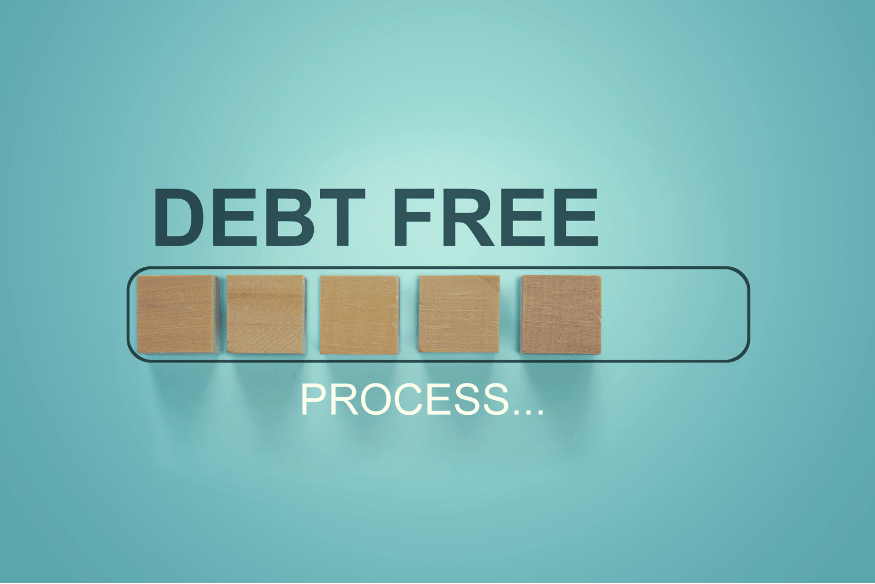
The Debt Snowball method focuses on paying off debts from smallest to largest balance, regardless of the interest rate. Here’s how it works:
- List your debts in order of balance size, from smallest to largest.
- Make minimum payments on all debts except the smallest.
- Put any extra money toward the smallest debt until it’s paid off.
- Once the smallest debt is eliminated, roll that payment into the next smallest debt, creating a “snowball” effect.
Pros of the Debt Snowball Method
- Quick Wins: Paying off smaller debts quickly provides a sense of accomplishment and motivation to keep going.
- Simple to Implement: Easy to understand and follow without needing to calculate interest rates.
- Behavioral Focus: Builds momentum by focusing on small victories, which can be motivating for many people.
Cons of the Debt Snowball Method
- Potentially Higher Costs: Ignoring interest rates means you might pay more in interest over time.
- Less Efficient: Not the fastest way to reduce overall debt balances.
What is the Debt Avalanche Method?
The Debt Avalanche method prioritizes paying off debts with the highest interest rates first, saving you money in the long run. Here’s how it works:
- List your debts in order of interest rate, from highest to lowest.
- Make minimum payments on all debts except the one with the highest interest rate.
- Put any extra money toward the debt with the highest interest rate until it’s paid off.
- Move on to the next highest interest rate debt and repeat.
Pros of the Debt Avalanche Method
- Lower Costs: By focusing on high-interest debt, you pay less overall in interest.
- Faster Payoff: Reduces total debt balances more quickly than the Snowball method in many cases.
- Mathematically Efficient: Ideal for those who are motivated by numbers and financial efficiency.
Cons of the Debt Avalanche Method
- Slower Progress: High-interest debts often have larger balances, so it may take longer to eliminate the first debt.
- Less Motivating: Lacks the immediate gratification of quick wins, which can be discouraging for some.
Debt Snowball vs. Debt Avalanche: Side-by-Side Comparison
| Feature | Debt Snowball | Debt Avalanche |
|---|---|---|
| Focus | Smallest balance first | Highest interest rate first |
| Motivation | Quick wins build momentum | Motivated by financial savings |
| Cost Efficiency | Higher overall interest costs | Lower overall interest costs |
| Ease of Use | Simple to understand and implement | Requires tracking interest rates |
| Best For | Those who need psychological wins | Those focused on saving money |
How to Choose the Right Method
Selecting the right debt payoff method depends on your financial goals, personality, and circumstances. Here are some considerations:
1. Your Motivation Style
- If you thrive on small victories and need constant encouragement, the Debt Snowball method may keep you on track.
- If you’re motivated by saving money and efficiency, the Debt Avalanche method might be more suitable.
2. Your Debt Profile
- If your high-interest debts also have small balances, you can combine the best of both methods. Start with those debts to gain quick wins while saving on interest.
- If you have large high-interest debts, the Avalanche method can save you substantial money over time.
3. Your Financial Situation
- For those with a tight budget, the Snowball method’s focus on smaller balances may feel more manageable.
- If you have extra income to dedicate to debt repayment, the Avalanche method could be the better choice.
Combining the Two Methods

You don’t have to stick strictly to one method. Some people find success by blending the two approaches:
- Start with the Debt Snowball method to build momentum by eliminating a few small debts.
- Transition to the Debt Avalanche method once you’ve gained confidence and cleared the smaller balances.
This hybrid approach lets you enjoy quick wins while eventually shifting to a cost-efficient strategy.
Tips for Staying on Track
Regardless of the method you choose, here are some tips to ensure success:
1. Create a Budget
A detailed budget helps you identify how much extra money you can allocate toward debt repayment. Include all sources of income and expenses to get a clear picture.
2. Automate Payments
Set up automatic payments for at least the minimum due on all debts to avoid late fees and missed payments.
3. Celebrate Milestones
Reward yourself when you pay off a debt. Choose small, affordable treats like a dinner out or a movie night to celebrate your progress.
4. Avoid Accumulating New Debt
Focus on paying down existing balances before taking on new loans or credit card charges. If possible, use cash or debit for daily expenses to avoid further debt.
5. Monitor Your Progress
Regularly track your debt balances and celebrate how far you’ve come. Adjust your plan as needed to stay on course.
Real-Life Example
Let’s say you have the following debts:
- Credit Card A: $2,000 at 18% interest
- Credit Card B: $5,000 at 12% interest
- Personal Loan: $7,000 at 8% interest
Using the Debt Snowball Method:
- Focus on paying off Credit Card A first, as it has the smallest balance.
- Once Credit Card A is paid, roll that payment into Credit Card B.
- After Credit Card B is cleared, tackle the Personal Loan.
Using the Debt Avalanche Method:
- Prioritize Credit Card A first because it has the highest interest rate.
- Move to Credit Card B once Credit Card A is paid.
- Address the Personal Loan last.
In this scenario, the Avalanche method saves more money in interest, but the Snowball method provides quicker psychological wins.
Conclusion

Paying off debt is a significant financial milestone, and both the Debt Snowball and Debt Avalanche methods can help you achieve it. The best method depends on your unique situation and what motivates you most. Whether you prefer the quick wins of the Snowball approach or the cost efficiency of the Avalanche method, the key is to start today and remain consistent.
Take Action: Evaluate your debts, choose a method, and commit to becoming debt-free. With dedication and the right strategy, you can regain control of your finances and achieve financial freedom.



